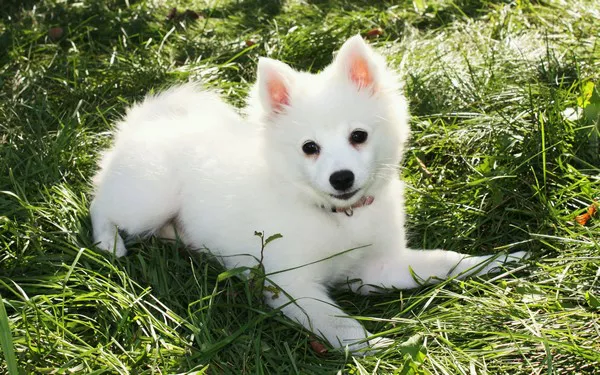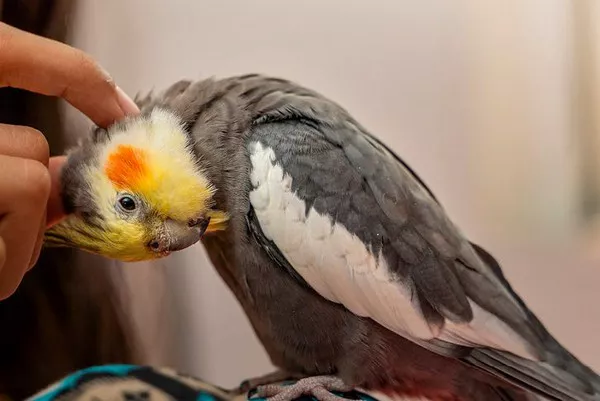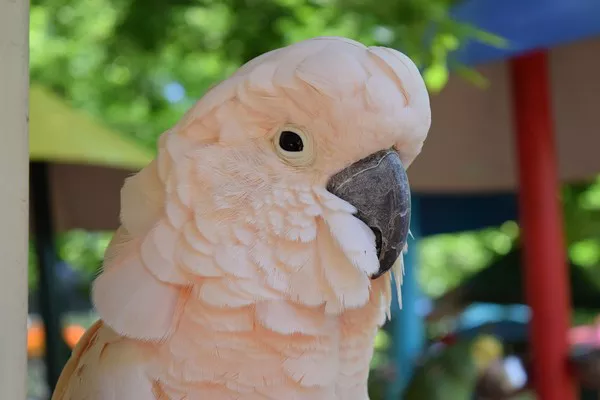If you’re a dog owner and have recently been wondering whether your dog might be a Foxhound, or if you’re considering adopting a dog and want to know what a Foxhound looks like, this article will help you identify this breed. The American Foxhound and the English Foxhound are two prominent types of Foxhounds, both with distinct characteristics and traits. Whether you’re a first-time dog owner or a seasoned canine enthusiast, knowing how to identify a Foxhound by its physical appearance, temperament, and health habits can help you understand this unique and fascinating breed.
Understanding the Foxhound Breed
The Foxhound breed is a type of hunting dog, originally bred to track and hunt foxes in the wild. These dogs were developed for endurance and speed, with a keen sense of smell and the ability to work in packs. There are two main types of Foxhounds: the American Foxhound and the English Foxhound. While they share many characteristics, there are differences in appearance, behavior, and history that set them apart.
History of the Foxhound
The history of the Foxhound dates back to the 16th century in Europe, particularly in England, where they were initially bred for hunting foxes. The breed was carefully developed by crossbreeding several breeds of dogs that were known for their tracking and chasing abilities. Over time, the Foxhound was refined to be a versatile, skilled hunting dog, prized for its stamina and sharp nose.
The American Foxhound, as the name suggests, was developed in the United States, where it was used in fox hunting, especially in the southern regions. This breed evolved from the English Foxhound but was selectively bred to have a more refined appearance and a slightly different temperament, ideal for American terrain and hunting practices.
Two Main Types of Foxhounds
There are two primary types of Foxhounds: the American Foxhound and the English Foxhound. These dogs share similar origins but have some notable differences.
American Foxhound
The American Foxhound is taller and more slender compared to the English Foxhound. They were bred for stamina and speed, with a less stocky build that allows them to chase foxes over long distances without tiring quickly. American Foxhounds typically weigh between 40 and 65 pounds and stand 21 to 25 inches tall. They are known for being friendly, gentle, and loyal companions.
English Foxhound
The English Foxhound is slightly larger and heavier than its American counterpart. They were bred to work in packs and were commonly used by English aristocrats for fox hunting. English Foxhounds tend to be more robust and muscular, standing between 24 to 28 inches tall and weighing 60 to 75 pounds. They are known for their calm and sociable nature but require a good deal of exercise to stay healthy and happy.
Physical Traits: How to Identify a Foxhound
To identify whether your dog is a Foxhound, you can start by observing its physical characteristics. While there are some differences between the American and English Foxhounds, both share certain traits that make them recognizable. Let’s take a closer look at the physical traits that are most commonly associated with this breed.
Size and Build
One of the first things you’ll notice about a Foxhound is its size and build. Foxhounds are medium to large-sized dogs that are known for their athletic, muscular bodies. Whether it’s the American or the English Foxhound, they both have long legs, a well-developed chest, and a lean physique built for running and endurance.
American Foxhound: Typically between 21 and 25 inches tall at the shoulder and weighing between 40 and 65 pounds. They have a sleek, narrow build, with a long, straight back and well-muscled legs that enable them to run at high speeds for extended periods.
English Foxhound: These dogs are slightly larger, standing between 24 and 28 inches tall and weighing between 60 and 75 pounds. Their body is more robust and stocky, with a deep chest and muscular build. They also have long, straight legs but are generally more substantial in size than their American counterparts.
Coat and Color
Foxhounds have short, dense coats that are designed to provide protection in the wild. Their coat helps them stay dry while they chase prey in various weather conditions. The coat can come in a variety of color patterns, but the most common ones are:
Tri-color: This is the most typical color pattern for both the American and English Foxhounds. It consists of a mix of black, white, and tan, with a white chest and belly, black markings along the back, and tan on the legs, face, and underbelly.
Bicolor: Some Foxhounds have a bicolor coat, with colors like tan and white, or lemon (light tan) and white. These variations are less common than the tri-color coat but can still be found in both Foxhound types.
Color variations: While black, tan, and white are the primary colors, Foxhounds can also have shades of red, brown, or even lemon, depending on their individual genetic makeup.
Head and Face
The head of a Foxhound is one of its most distinctive features. Foxhounds have a long, slightly domed head, with a well-defined stop (the point where the muzzle meets the forehead). Their ears are long and droopy, hanging down near their cheeks. Their eyes are typically dark and expressive, with a kind yet focused look.
Foxhounds also have strong, straight noses, which are essential for their hunting abilities. A Foxhound’s sense of smell is highly developed, and this is one of the reasons they are so effective at tracking prey.
Tail
Foxhounds have long, tapering tails that are typically carried high but not curled over the back like some other breeds. The tail is an important feature for Foxhounds, helping them communicate with other dogs while hunting and serving as a marker when running through dense foliage.
Temperament and Behavior: What to Expect from a Foxhound
While physical characteristics are a good starting point, a dog’s temperament can also provide insight into whether it’s a Foxhound. Foxhounds, both American and English, share several behavioral traits that reflect their history as hunting dogs.
Personality
Foxhounds are known for being friendly, loyal, and good-natured dogs. They are typically gentle with people and other pets, making them great family dogs. However, they do have a strong prey drive due to their hunting background. This means they may be more inclined to chase smaller animals, like squirrels or rabbits, if they aren’t properly trained or supervised.
Despite their friendly nature, Foxhounds are also independent and can be somewhat stubborn. They were bred to work independently while hunting, so they may not always respond to commands as quickly as other breeds. Early training and socialization are important to ensure that they grow up to be well-behaved companions.
Energy Levels
Foxhounds are high-energy dogs. This is another characteristic they share, thanks to their hunting backgrounds. If you have a Foxhound, you should be prepared for long walks, runs, or play sessions. They are happiest when they have a job to do or an activity to focus on. Regular exercise is crucial to keep a Foxhound healthy and prevent behavioral problems caused by boredom.
Socialization
Foxhounds are social dogs that thrive in the company of other dogs, especially those they’ve been raised with. While they can get along well with other pets and children, it’s important to note that they may need extra time to adjust to living in a home with other animals, particularly smaller pets that might trigger their prey drive.
Foxhounds are typically more active and energetic than many other breeds, so make sure that their environment is large enough to accommodate their need for exercise. If you live in an apartment or a small home, it may not be the best environment for a Foxhound, unless you can provide enough exercise and mental stimulation.
Health Considerations: What to Watch for in a Foxhound
Like all breeds, Foxhounds can be prone to certain health conditions. While they are generally healthy dogs, it’s important to be aware of their potential health risks and monitor them as they age. Some common health concerns in Foxhounds include:
Hip dysplasia: This is a common condition in many large dog breeds, including Foxhounds. It occurs when the hip joint doesn’t fit properly into the hip socket, leading to pain and discomfort. Regular vet checkups can help detect this early.
Ear infections: Because Foxhounds have long, floppy ears, they are prone to ear infections. It’s essential to keep their ears clean and dry to prevent infections.
Obesity: Foxhounds, like many other breeds, are prone to obesity if they aren’t given enough exercise. It’s important to maintain a healthy diet and ensure they get plenty of physical activity.
Heart disease: As with any breed, Foxhounds can suffer from heart conditions, including dilated cardiomyopathy, especially as they age. Regular vet visits are important to monitor heart health.
Conclusion
If you’ve been wondering whether your dog is a Foxhound, there are several key traits to look for. From their athletic build to their friendly and social personality, Foxhounds are distinctive dogs that stand out in any crowd. Whether you have an American Foxhound or an English Foxhound, these dogs share many similar characteristics, including their keen sense of smell, high energy, and strong hunting instincts. By observing their physical traits, behavior, and health habits, you can easily identify a Foxhound and provide them with the care and attention they deserve.
Remember, while Foxhounds make wonderful companions, they also require a lot of exercise, mental stimulation, and training. If you think you might have a Foxhound, be prepared for a lively, active dog that will reward you with loyalty and affection.
Related Topics:






















